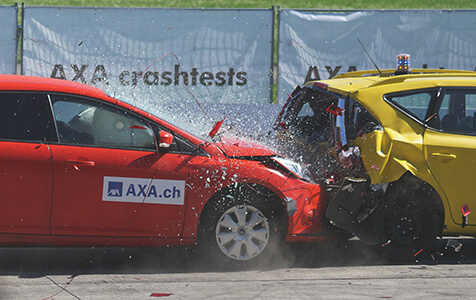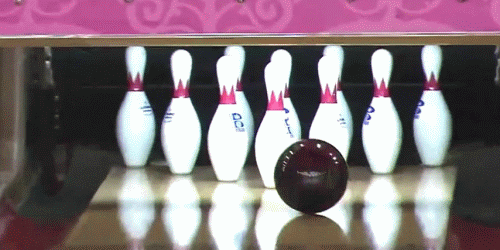This is a lesson summary. The full lesson can be viewed by purchasing an online course subscription.
Learning Objective
In this lesson we will learn about Newton’s third law of motion.
Learning Outcomes
By the end of this lesson you will be able to:
- State Newton’s third law of motion.
- Describe how Newton’s third law applies to stationary objects and moving objects, with examples.
- Identify the action force and reaction force in an action-reaction force pair.
- Define ‘thrust’ and explain how it can be used to move objects, with examples.

(Image: Pixel-mixer, Pixabay)
Lesson Summary
- Newton’s third law of motion states that for every action, there is an equal and opposite reaction.
- In other words, every action force results in a reaction force that is equal in magnitude and opposite in direction.
- These two interacting forces are known as an action-reaction force pair.
- Thrust is a type of reaction force that enables the propulsion of objects such as boats, planes and rockets.
- Thrust is generated when a mass of gas or liquid is accelerated in one direction by a device such as a propeller, jet engine or rocket engine, creating a reaction force in the opposite direction.

(Image: Groink, Wikimedia Commons)
(Header image: ranchorunner, Adobe Stock)
